Nature reports
Category: Plants
Page 3 of 10 - 96 Results
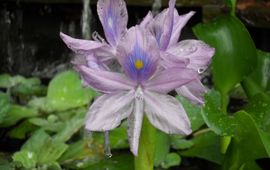
A free floating aquatic plant, water hyacinth, is becoming a significant issue for the islands of Aruba and Curaçao. This plant can negatively impact ecosystems by obstructing sunlight, depleting oxygen levels, disrupting water..
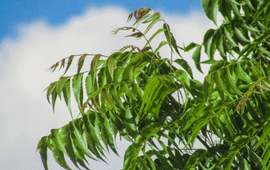
The neem tree is an invasive species that was introduced to the Caribbean in the early 1900s. Originally from India, this tree was brought over for its medicinal, pesticidal and ornamental properties. Locals soon realized this..
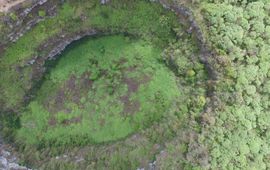
An international research team led by the Netherlands Institute of Ecology (NIOO-KNAW) is going to search for invisible life in the Galápagos Islands. The diversity of bacteria and other microscopic organisms may not be evident to..
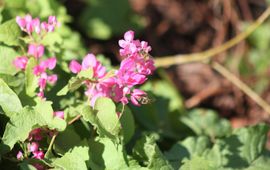
Coralita is an ornamental plant that was introduced to several Caribbean islands and has quickly found its way to the top of the invasive species lists for the Dutch Caribbean. Its fast-growing vines smother and outcompete native..
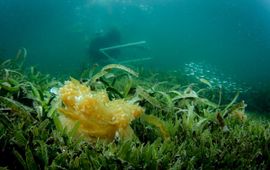
Researchers from Wageningen University & Research and the University of Amsterdam report on a fascinating case of competition between an animal and an invasive pIant. In tropical ecosystems, photosynthesizing organisms are..

Have you ever wondered what kind of species you see around you? A beautiful lizard, flower, or sea turtle? You can now easily check by taking a photo with your smartphone and uploading it on to the ObsIdentify app for..

If a dried specimen of an extinct plant species still has seeds in a herbarium, is the plant really extinct? A global team of scientists toyed with that question. To arrive at the answer, they made a survey of all extinct plants..
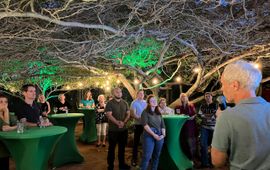
Since 2018, Wageningen University & Research and Carmabi cooperate in bringing together historical and recent data on vegetation composition and plant species distribution on the six Dutch Caribbean islands. The collected data in..
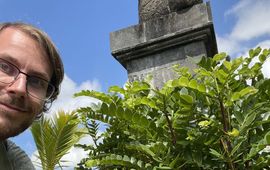
The plant genus Phyllanthus was large and complex. PhD student Roderick Bouman disentangled it. ..
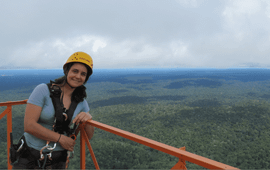
In the heart of the Amazon Rainforest stands a three hundred meters high tower. There, Naturalis scientists collect airborne pollen and fungal spores to better understand how ecosystems evolve...
